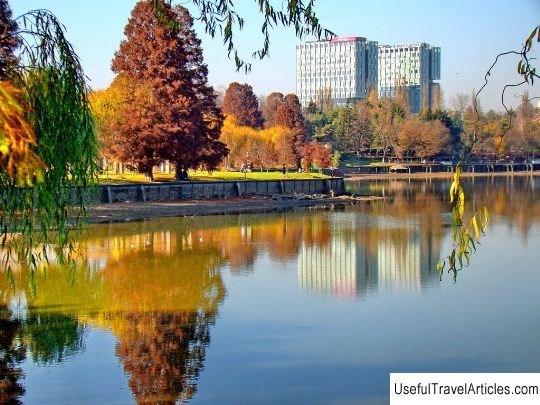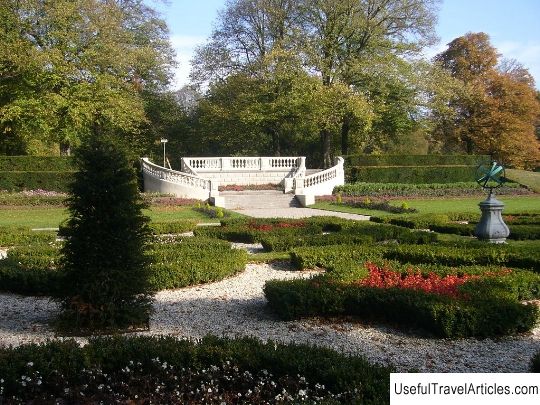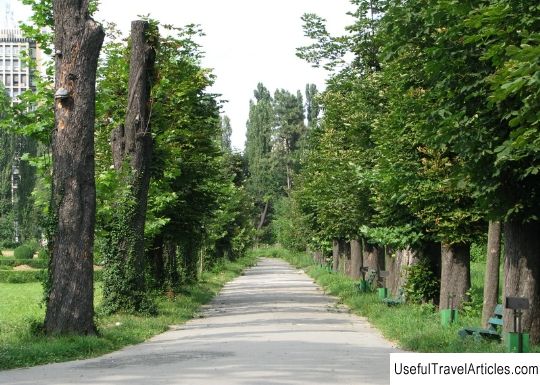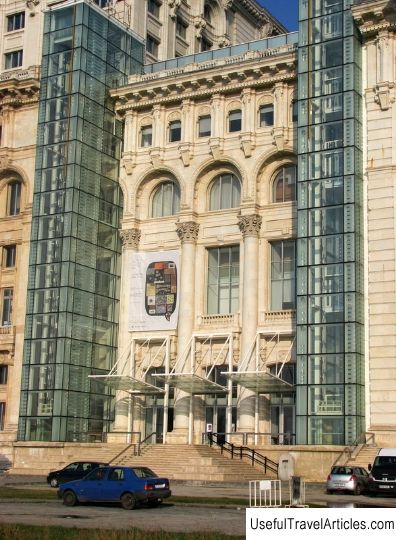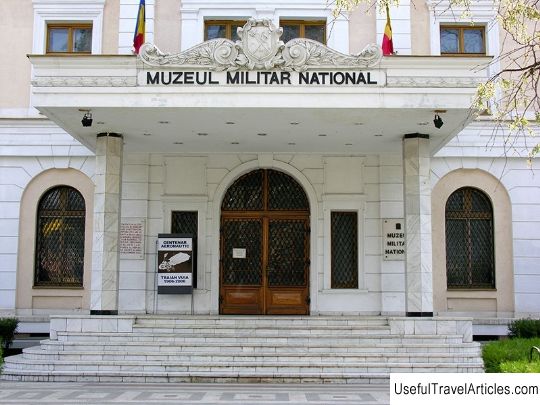Ethnographic Open Air Museum (Dimitrie Gusti National Village Museum) description and photos - Romania: Bucharest
Rating: 8,7/10 (1878 votes) 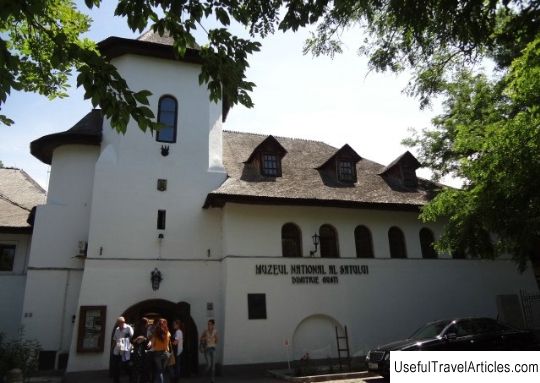
Ethnographic Open Air Museum (Dimitrie Gusti National Village Museum) description and photos - Romania: Bucharest. Detailed information about the attraction. Description, photographs and a map showing the nearest significant objects. The name in English is Dimitrie Gusti National Village Museum. Photo and descriptionNowadays there are ethnographic open-air museums in most countries. But the Romanian museum was created one of the first, in Europe it is one of the largest, and in the world it is in the top 20 of the best such museums. It is located in the famous Harestrau Park on an area of almost 14 hectares and bears the name of its creator - ethnographer - educator Dimitrie Gusti. During the existence of the museum, since 1936, samples of rural architecture of all eras have been collected on its territory and corners of Romania - a whole village. The oldest building dates back to the 15th century. Almost all houses are open to visitors. You can go in and look at household utensils and furniture, often the most simple ones. Depending on the geographical homeland, some houses resemble Ukrainian or Moldavian huts, and some - even traditional Russian huts. The museum recreates the life of entire farmsteads, with extensions in the form of a barn and a hayloft, or in the form of a carpentry workshop and a summer kitchen. Both farmsteads and houses differ not only in the time of construction, but also in the wealth of the owners. The few well-to-do houses have carved furniture and rich embroidery. Among the majority of the poor huts there are even dugouts - houses half dug into the ground. This made it possible to keep warm in winter and cool in summer. In addition, such houses are not so easy to destroy, which helped to survive the invasions of the Turks. But even dugouts or thatched huts look like a charming pastoral against the backdrop of the emerald green grass of Harestrau Park. Cats basking on medieval fences and benches add credibility to the landscape. If you go down to Lake Harestrau, you can see a number of water mills, and even larger "washing machines" - interesting wooden washing facilities for woven wool carpets. Many visitors to Bucharest call this museum the number one attraction. Not only because it is an opportunity to see the entire history of rural Romania in one place. The museum is an island of peace, silence and village life in the middle of a bustling metropolis.        We also recommend reading Villa Saraceno description and photos - Italy: Vicenza Topic: Ethnographic Open Air Museum (Dimitrie Gusti National Village Museum) description and photos - Romania: Bucharest. |
